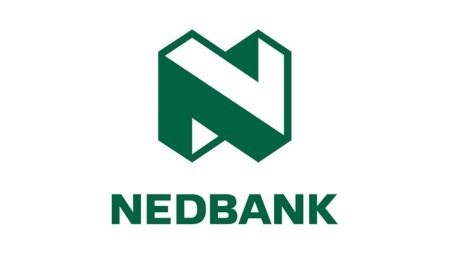Conveyancing describes the legal process whereby a person, closed corporation, company or trust becomes the registered and lawful owner of fixed property and thereby ensures that such ownership cannot be challenged.
A Conveyancer is an Attorney who has passed the National Conveyancing Examination, and by law, is the only person deemed to register fixed property transfers.
The seller usually nominates the Conveyancer to act on his behalf to handle the
transfer process.
In order for the transaction to take place a written agreement of sale needs to
be signed by both buyer and seller, with all suspensive conditions being met.
The following procedure will take place:
Deeds Office Search
This will identify the details of the property, the current legal owner, any
bonds held over the property, and details of any interdicts.
Preparation of Documentation
The following documentation is needed by the Conveyancer:
A Power of Attorney to pass transfer, which will empower the Conveyancer
to enact the transfer on the seller's behalf.
Declaration of marital status, identity number and insolvency.
Transfer Duty and Value Added Tax (VAT) declaration.
A Rates Clearance Certificate from the relevant Municipality. If the
property is sectional title, this will need to be obtained from either the
Body Corporate or Managing Agent.
Cancellation figure if there is a bond on the existing property.
Call for the Title Deed.
Electrical Compliance Certificate
It is legislated that an electrical compliance certificate must be obtained with
each transfer of immovable property after 1 January 1994. The cost of this must
be born by the seller.
Buyer's Bond
If the buyer has obtained a mortgage bond for the balance of the purchase price
(or in many cases for 100% or even up to 108%), the bank concerned will instruct
the Conveyancer to draw up all documentation required for the client to sign.
The bank will also annotate any special conditions that need to be adhered to
prior to registration. A guarantee of funds available will need to be obtained
from the bank issuing the new bond.
Costs
All costs relating to the transfer of fixed property need to be paid prior to
registration of transfer and will include the following:
Transfer Duty or VAT, depending on the transaction.
Rates and levies to paid up to date by the seller.
Conveyancing fees - two sets of documentation are drawn up if there is a
bond in place and this cost must be paid by the buyer.
Bond cancellation costs, if applicable (payable by the seller).
Deeds Office Procedures
The Conveyancer will lodge the documents they have prepared with the Deeds
Office for registration. If a mortgage bond is to be registered or cancelled,
the Conveyancer attending to the registration of the bond will lodge their
documentation simultaneously with the transfer documentation.
Two examiners in the Deeds Office will then examine the documents to ensure that
they comply with all the relevant legislation and regulations. Once all
documents are found to be in order and ready for registration, they are executed
by the Conveyencer approximately eight working days after being lodged with the
Deeds Office. On registration, the buyer becomes the legal owner of the
property. Approximately one month after registration, the Title Deed will be
released from the Deeds Office reflecting the new ownership. Normally, if there
is a mortgage bond, the financial institution will keep the Title Deed in safe
custody.



